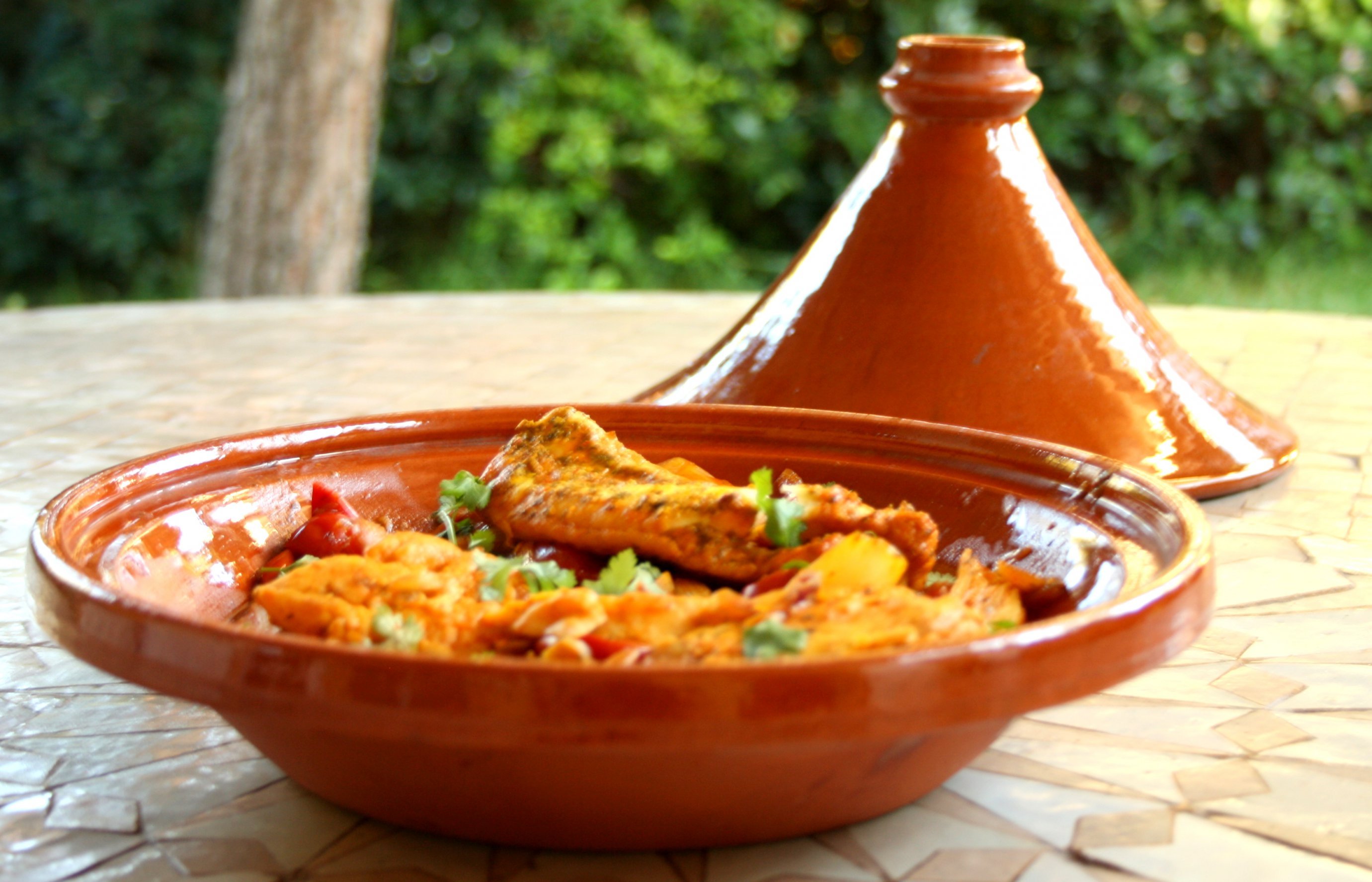Skill 4: Use of the Cooker (AQA GCSE Food Preparation & Nutrition): Revision Note
Exam code: 8585
Skill 4: Use of the cooker
Cookers contain two main parts, the grill and the oven
Using the grill
A range of foods, such as vegetables, meat, fish or alternatives can be charred, toasted or grilled (see below)
Different grilling methods include:
grilling under heat
Food is placed in the grill section of a cooker and heat is applied from above
Heat can be varied and food can be placed on shelves at different heights
char-grilling
Grill bars are placed over a heat source and food is placed onto the grill bars before being heated from below
A grill pan (griddle) can also be used to create blackened char lines on food
barbecue (BBQ)
Food is cooked on a grill over burning charcoal
Usually outside
Using the oven
Ovens can be used for:
baking
roasting
casseroles/tagines
braising
Ovens should be pre-heated to ensure the correct cooking temperature for the recipe and ingredients
Baking
Baking is cooking in a hot oven without the addition of extra fat
Many foods can be baked, including:
cakes
pies
biscuits
scones
pastry
fruits
Roasting
Roasting is carried out in a hot oven and fat is added to aid the cooking process
Fat helps to add a crispy coating as food cooks
Foods that can be roasted include:
potatoes and other vegetables
meats
Casseroles/tagines
Casseroles and tagines both involve cooking food in a lidded pot, usually in a liquid
A tagine is the name of a North African earthenware pot that is used for the cooking process; the stew cooked in the pot is also called a tagine
Cooking occurs at a lower heat and so is much longer and slower than baking or roasting
The foods become soft, tender and flavoursome
Foods that can be added to casseroles or tagines are:
meats
vegetables
pulses (beans and lentils)

Via Wikimedia Commons (opens in a new tab)
Braising
Braising also involved a lidded pot and is carried out slowly at a low temperature, but it involves less liquid than a casserole or tagine
E.g. a cut of meat may be half-covered in liquid during braising
Many foods can be braised, including
meats
vegetables
rice

Unlock more, it's free!
Did this page help you?